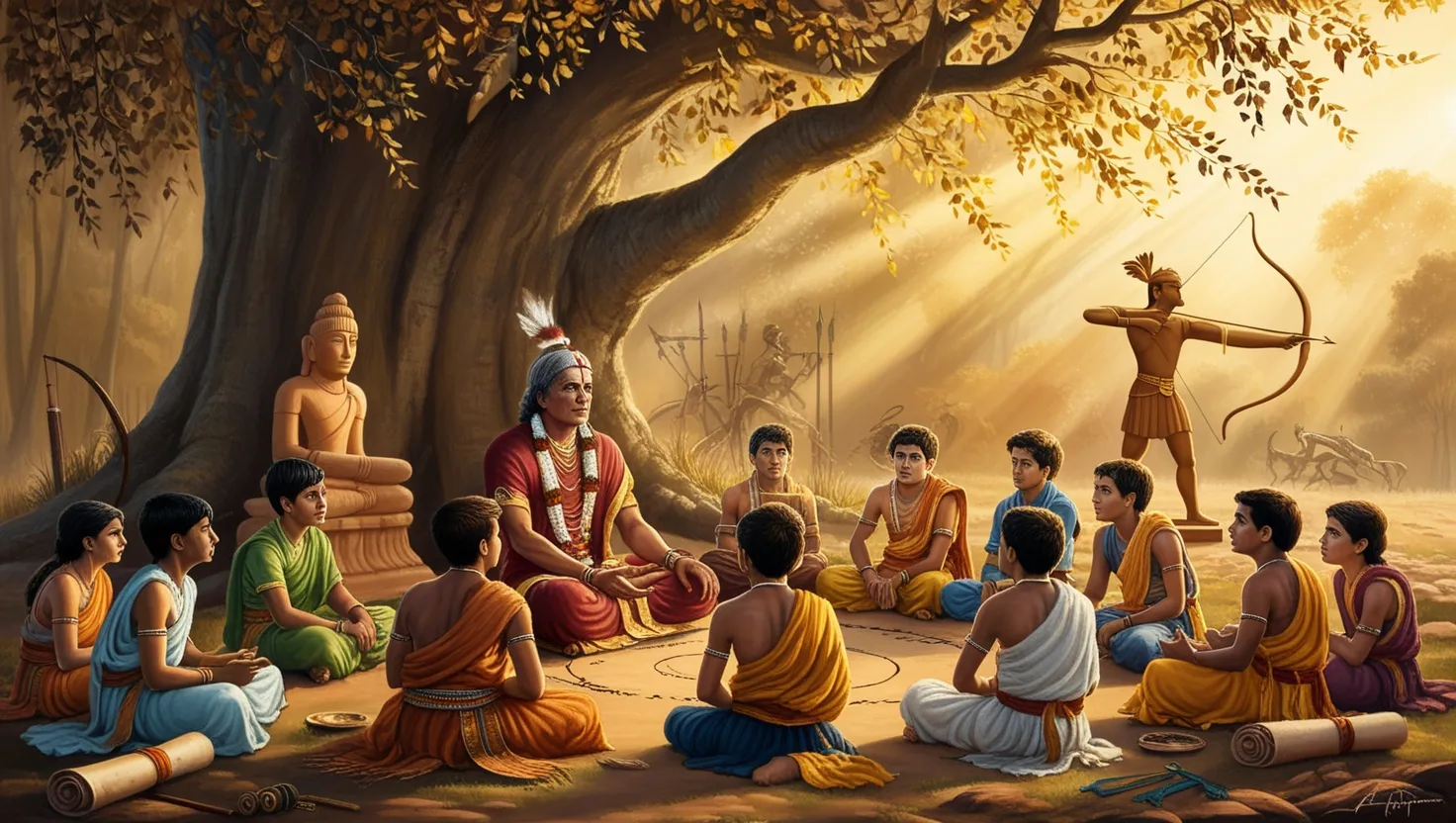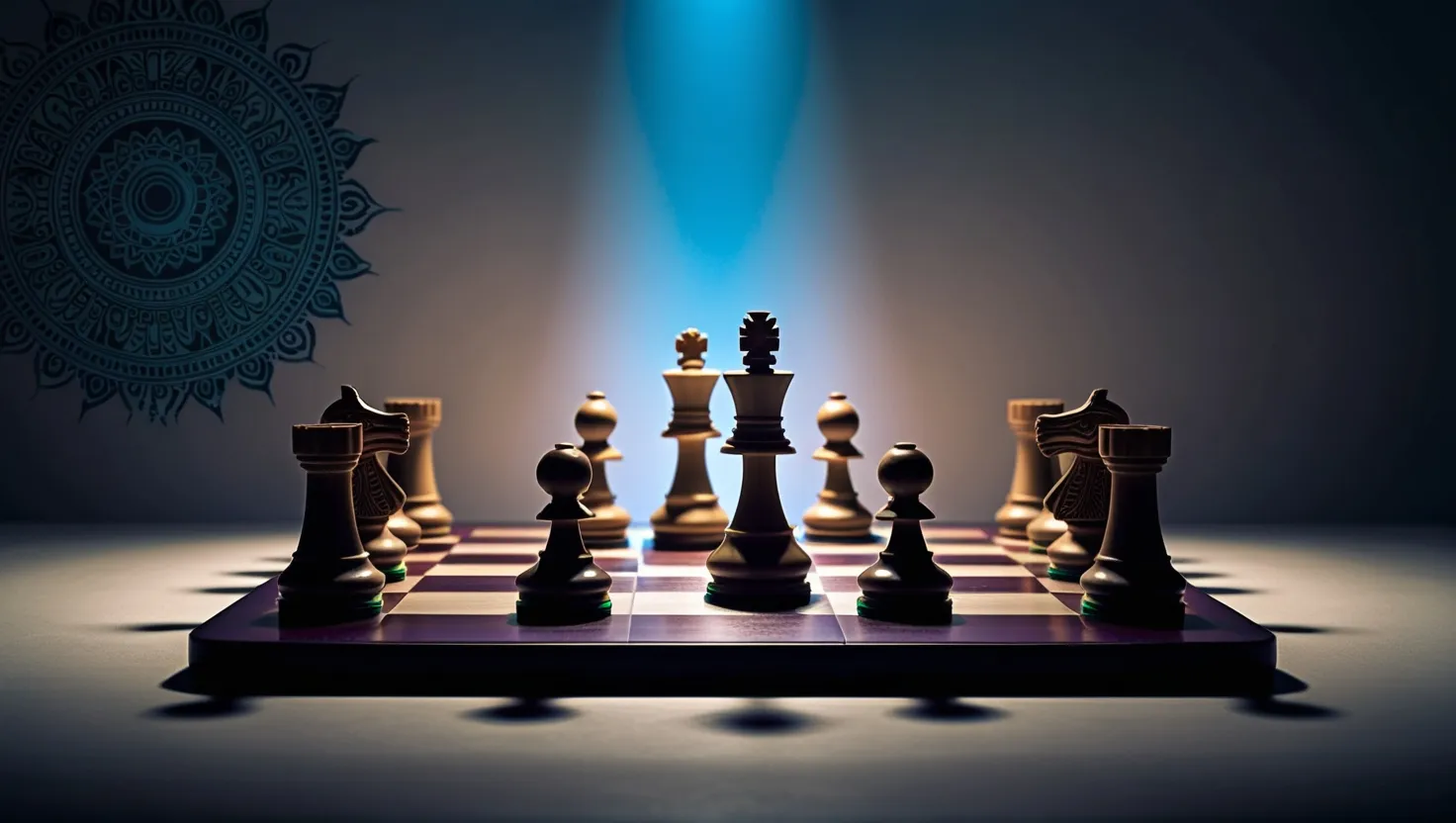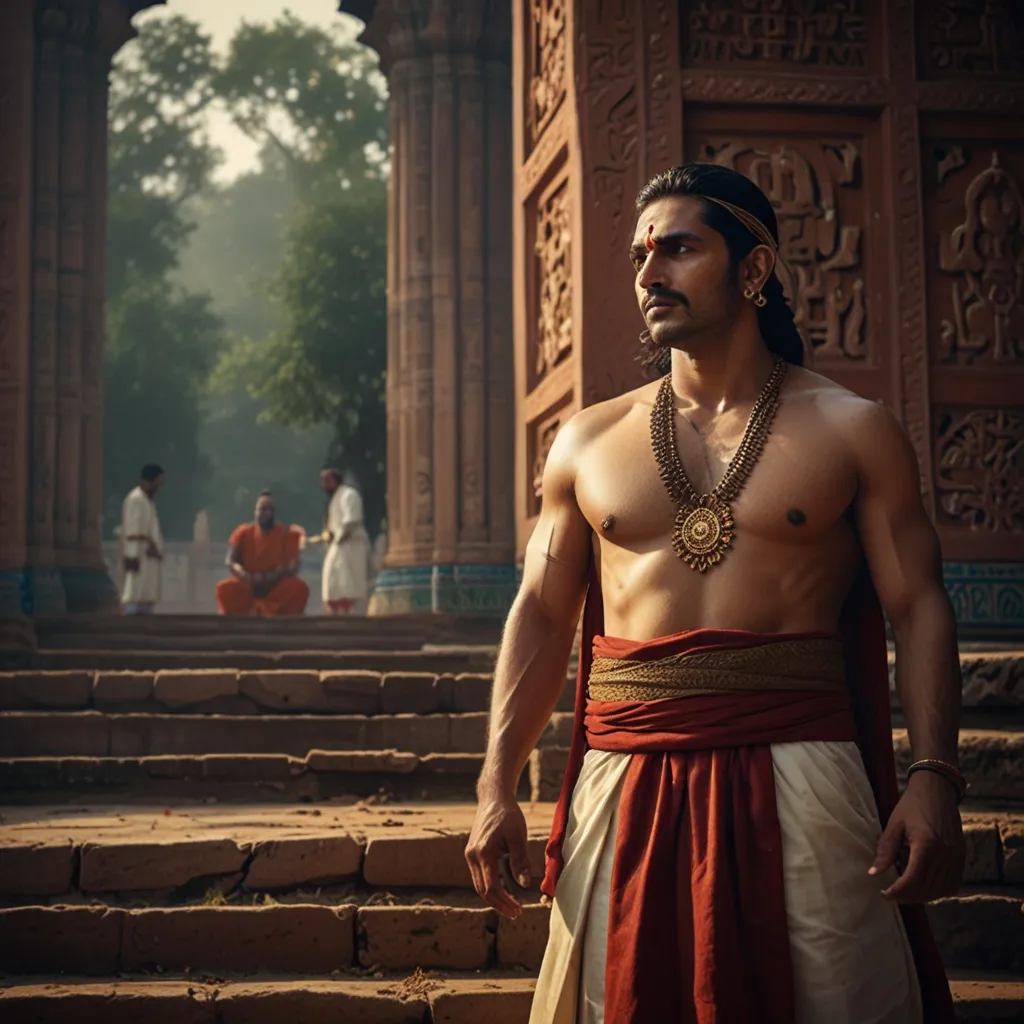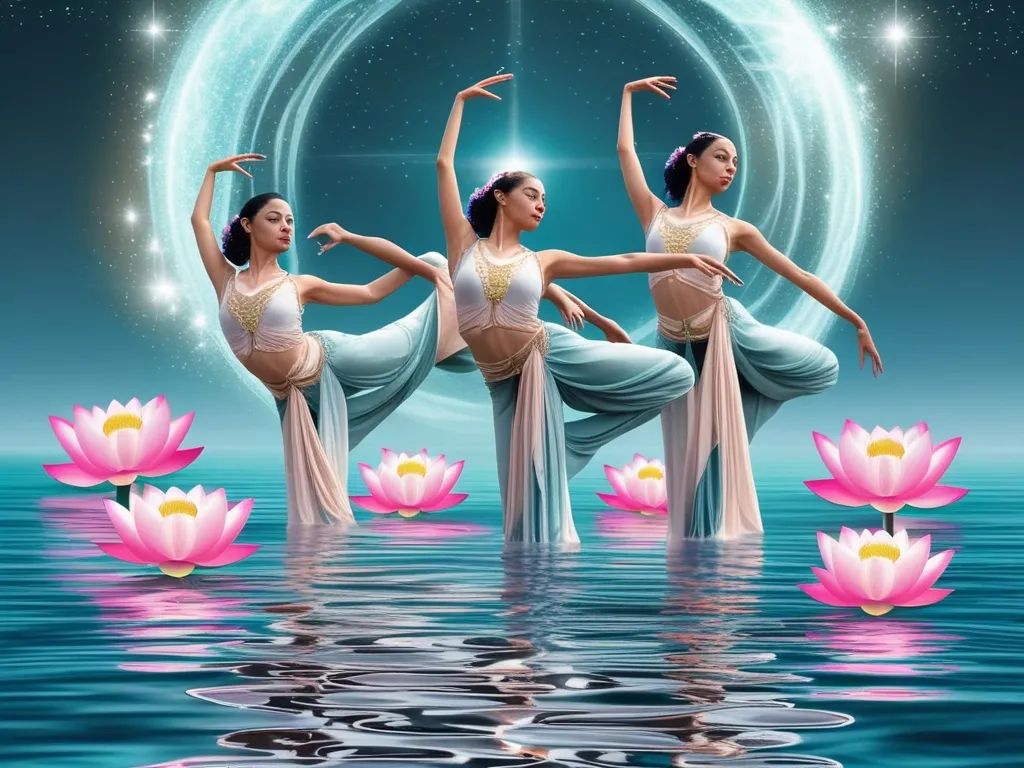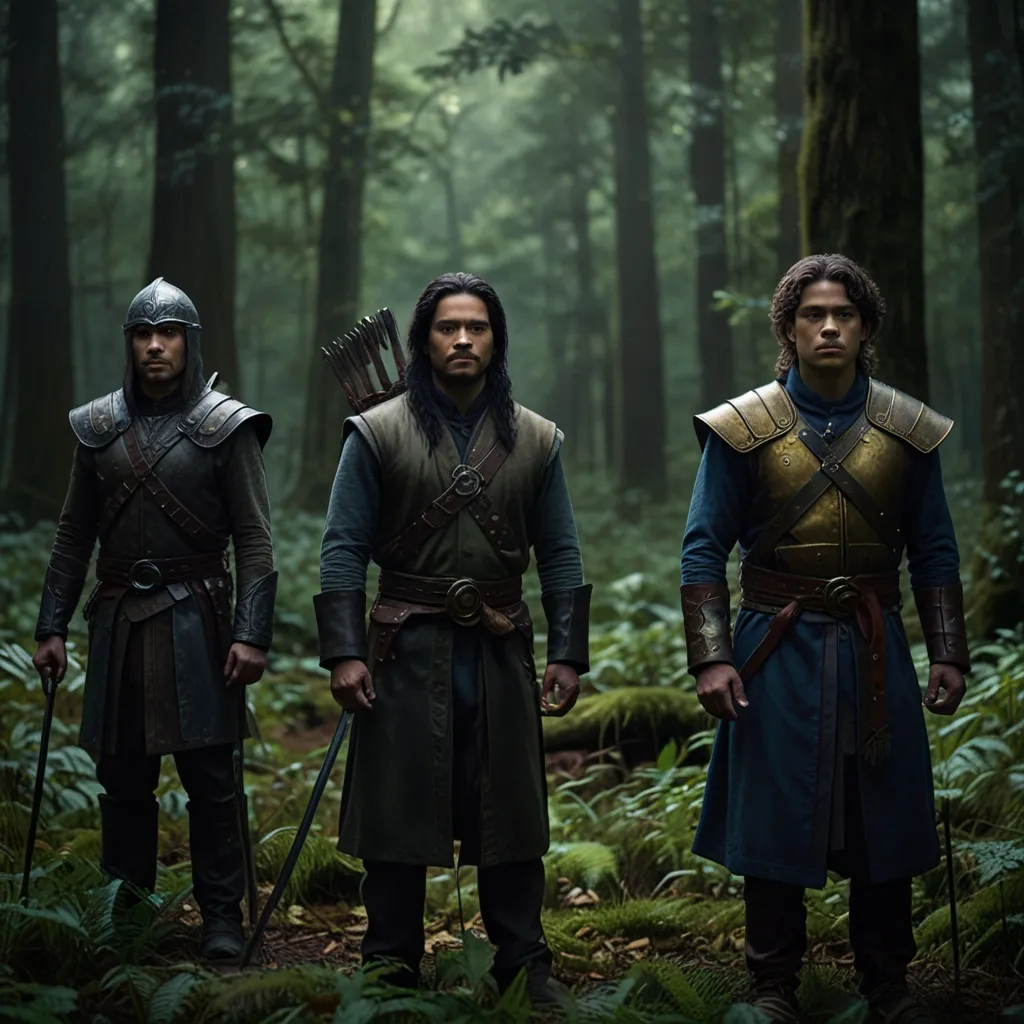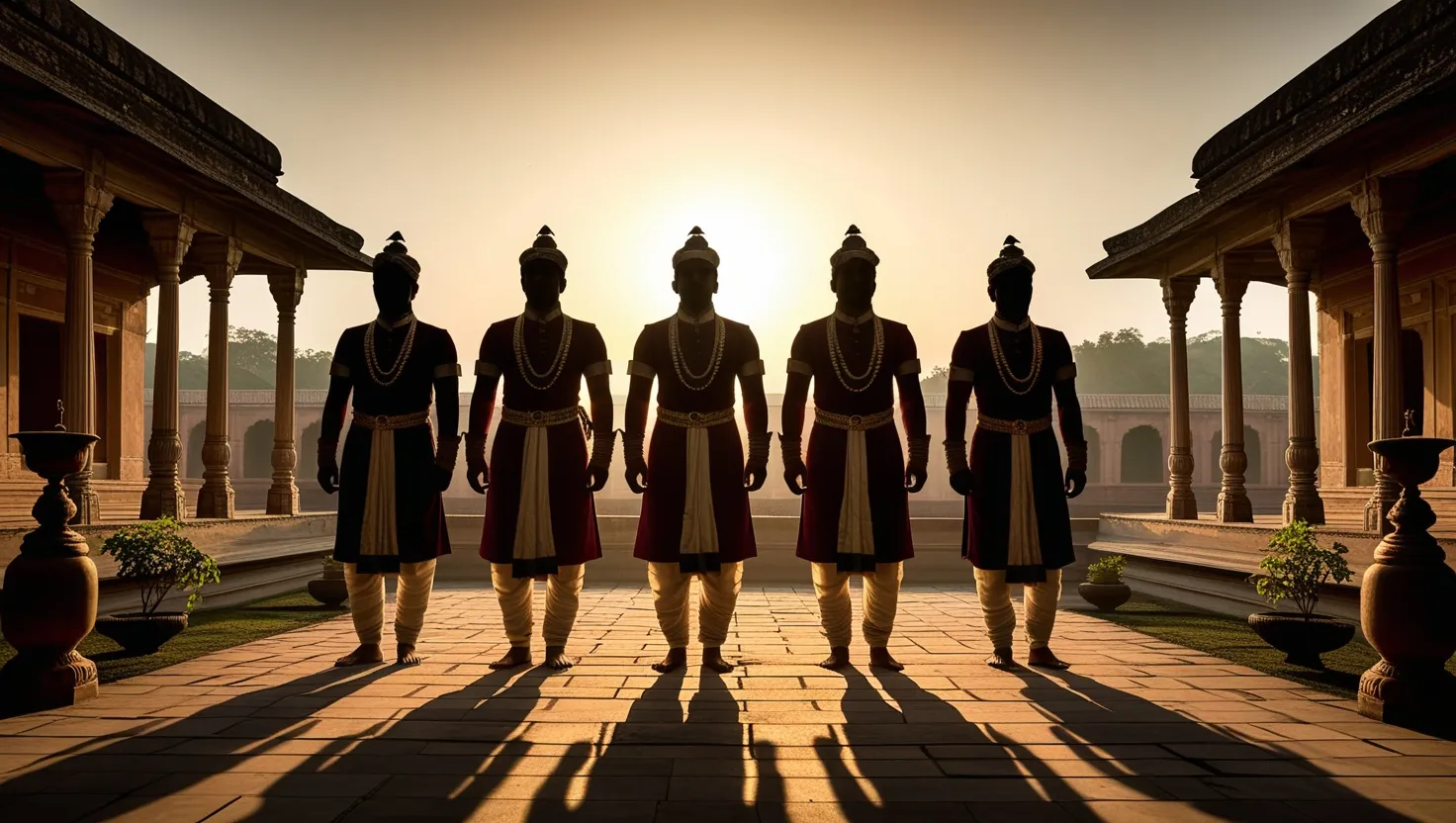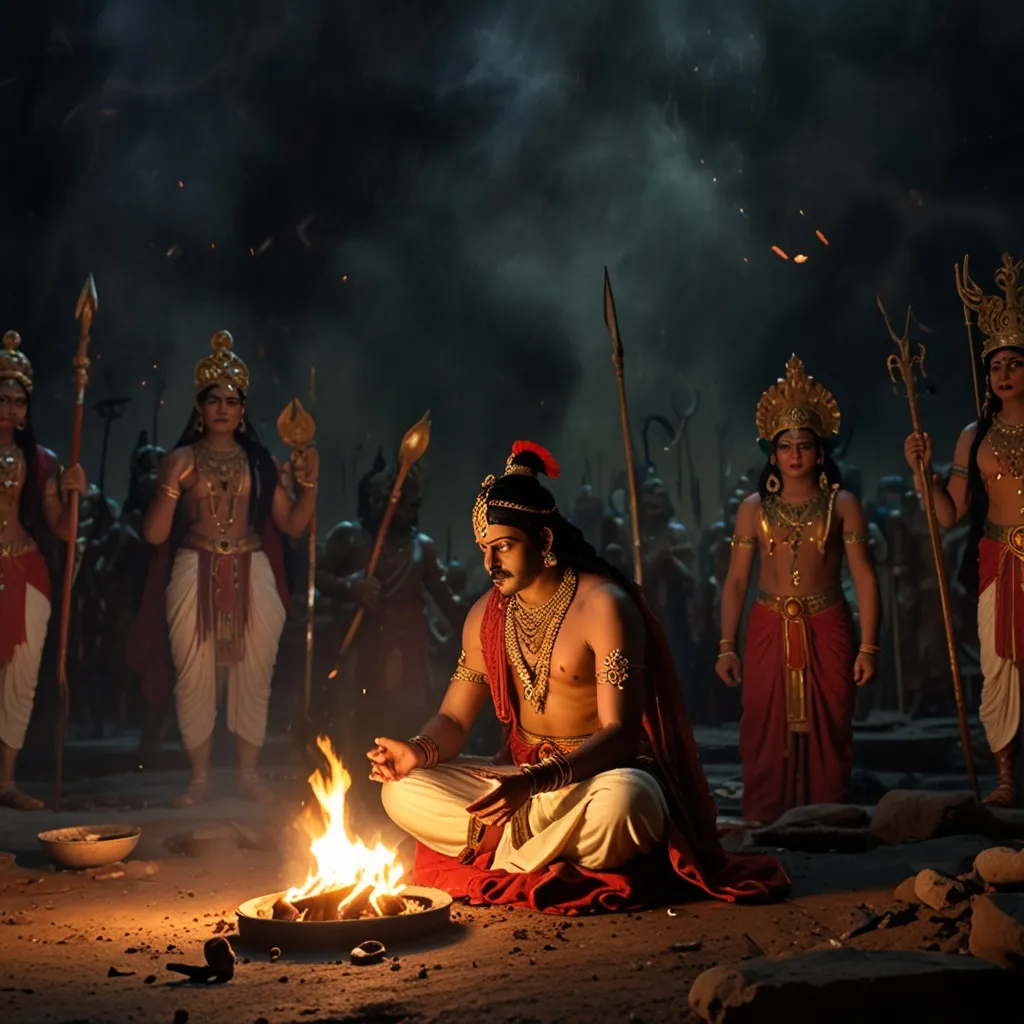Looking closely at the Mahabharata’s teacher-student relationships, we meet a landscape that’s anything but straightforward. When we picture an ideal guru-shishya bond, the mind often conjures up images of mutual respect, boundless loyalty, seamless transmission of sacred knowledge. The Mahabharata, however, tells a different story—one where the very act of teaching sometimes brings about tragedy, where knowledge becomes a double-edged sword, and where the greatest lessons can be lost in the cracks of human frailty.
If you’ve ever admired the principle that a good teacher molds character as much as intellect, Drona’s treatment of Ekalavya delivers a shock. Ekalavya, a boy brimming with determination, learns archery by practicing in front of a clay statue of Drona, demonstrating a radical self-motivation most teachers dream about in their pupils. Yet, Drona demands a cruel price: Ekalavya’s right thumb, disabling his extraordinary skill and dimming a future that should have blazed bright. The teacher wasn’t protecting the sacredness of learning—he was putting politics and favoritism first. Sometimes, the ones entrusted with spreading wisdom can prioritize their personal biases over justice or fairness.
What happens when a student’s ambition bends truth? Karna’s secret is well known—presenting himself as a Brahmin to Parashurama, he learns the use of divine weapons. Karna’s drive is fierce; he wants to rise above his birth and prove himself against the world. But his hunger for knowledge comes at a cost. Parashurama’s eventual curse is not just retribution for deceit; it’s a demonstration that lies swallowed for the sake of opportunity can corrode even the most hard-won talents. I often wonder: how far would you go for mastery, and what would you trade away?
“A teacher affects eternity; he can never tell where his influence stops.” —Henry Adams
Then there’s Dhritarashtra—the literal and metaphorical blind king. Vidura, the man’s half-brother and minister, never tired of offering wise counsel. Yet Dhritarashtra remained unmoved. His place in the epic is a warning about the student’s responsibility in this sacred partnership. He heard Vidura’s advice, but never truly listened, refusing to absorb uncomfortable truths. It’s not just the quality of guidance at stake, but the listener’s readiness to reflect and act.
Ashwatthama stands as another devastating example. Son of Drona, educated alongside the greatest princes, he’s a study in brilliance turned bitter. Ashwatthama inherited technical excellence—he knew the scriptures, the code of war, the lore of weapons. But moral grounding? Drona’s own conflicted heart—torn between his professional pride and personal ambitions—shadowed his son’s character. When Ashwatthama attacked the Pandava camp under cover of darkness, killing sleeping foes, the Mahabharata didn’t blame a gap in skills. The absence was in value, restraint, empathy. A lesson lands here: imparting wisdom is more than handing over rules or weapons; it’s about infusing capability with conscience.
Philosophers have mused for generations on why Duryodhana and his brothers, despite sharing teachers with the Pandavas, developed so differently. Bhishma, Drona, Kripa—impeccable in both order and knowledge—taught them all. The Kauravas learned tactics, statecraft, the Vedic scriptures. But what did they miss? The answer hovers in the attitude they brought to their learning. Duryodhana wielded his knowledge for domination, for revenge, robbing it of any redemptive value. The same lessons created a Yudhishthira, patient and just, and a Duryodhana, restless and destructive. It’s not the curriculum but the heart of the student that determines the outcome. Ask yourself: are you using what you learn to raise others or to build walls?
“He who opens a school door, closes a prison.” —Victor Hugo
I keep circling back to the reality that the Mahabharata’s failed mentor bonds weren’t due to a lack of knowledge. If anything, the epic crackles with excess—too much advice, too many codes, layer upon layer of rules and subtexts. What went wrong? The crucial difference was in receptivity and intent. The transfer of knowledge—especially in complex, hierarchical societies—depends not only on the brilliance of the instructor or the intelligence of the learner. There must be a willing transparency on both sides—a willingness to accept imperfection, to reflect, to confront difficult truths together.
Krishna and Arjuna serve as a sharp counterpoint. Their dynamic wasn’t free of conflict—Arjuna’s hesitation on the eve of battle is legendary. Yet, Krishna doesn’t shame or coerce; he engages, questions, challenges, then ultimately supports Arjuna’s autonomy. The Bhagavad Gita is less an instruction manual, more an invitation into dialogue. It’s proof that the best mentors prepare their students for independence, not conformity.
Have you ever thought about why clever villains often had access to the same teachers as the heroes? The answer lies in how knowledge interacts with personality. The Mahabharata wove expertise and values together—separating the two led to disaster. Think about how, in modern times, access to information is nearly universal, yet wisdom remains elusive. Isn’t it the same lesson alive again: the information itself isn’t the answer; it’s the willingness to use it for the greater good?
“Education is not the filling of a pail, but the lighting of a fire.” —William Butler Yeats
I see, again and again, that teaching can fail as dramatically as it can succeed. It happens whenever teachers let bias, insecurity, or the desire to protect their favorites overpower their sense of justice. It happens when students close their ears to uncomfortable truths, or when they see education solely as a tool for personal gain. Each failed bond in the Mahabharata—Drona and Ekalavya, Parashurama and Karna, Vidura and Dhritarashtra, Drona and Ashwatthama—is a reminder that wisdom is built by both hands meeting in good faith.
History highlights that mentorship remains a delicate transaction. In today’s world, how often do we see authority bending guidance for personal or political interest, or students seeking only the part of knowledge that brings them power? What continues to be missing is humility—on both sides. As we teach or learn, are we sensitive to the shortcomings within ourselves and our traditions?
Does wisdom falter because of systems, or is it in the cracks between what’s taught and what’s truly internalized? Can a flawed teacher ever truly shape a wise student—or does it always require the student to rise above, to question, to challenge and grow? Reflecting on the epic, I sense that the responsibility is joint. A teacher should not only teach facts, but also inculcate the ethos of curiosity, skepticism, and, above all, compassion. The student’s job is to approach learning as relationship, not merely transaction.
While the Mahabharata’s broken mentor bonds are troubling, they also offer a harsh gift: the chance to notice weaknesses before they become legacies. Each misfire invites us to improve our process, refine our language, open our hearts. It’s when we see the broken pieces clearly that we remember—wisdom, when it flows truly, needs both a just guide and an open disciple.
“The mediocre teacher tells. The good teacher explains. The superior teacher demonstrates. The great teacher inspires.” —William Arthur Ward
I encourage anyone who learns, mentors, or leads: check your motives, question your convictions, and judge not just by results but by the values you foster. Ask yourself: What am I really passing on? And as students, don’t just accumulate knowledge—test it, live it, let it make you uncomfortable, and above all, use it to build, not to conquer.
In the end, knowledge—like power—demands vigilance and character. The Mahabharata teaches us not that teaching fails inevitably, but that it matters enough to be always examined, always improved. Shall we promise, then, to learn from both excellence and its absence?
